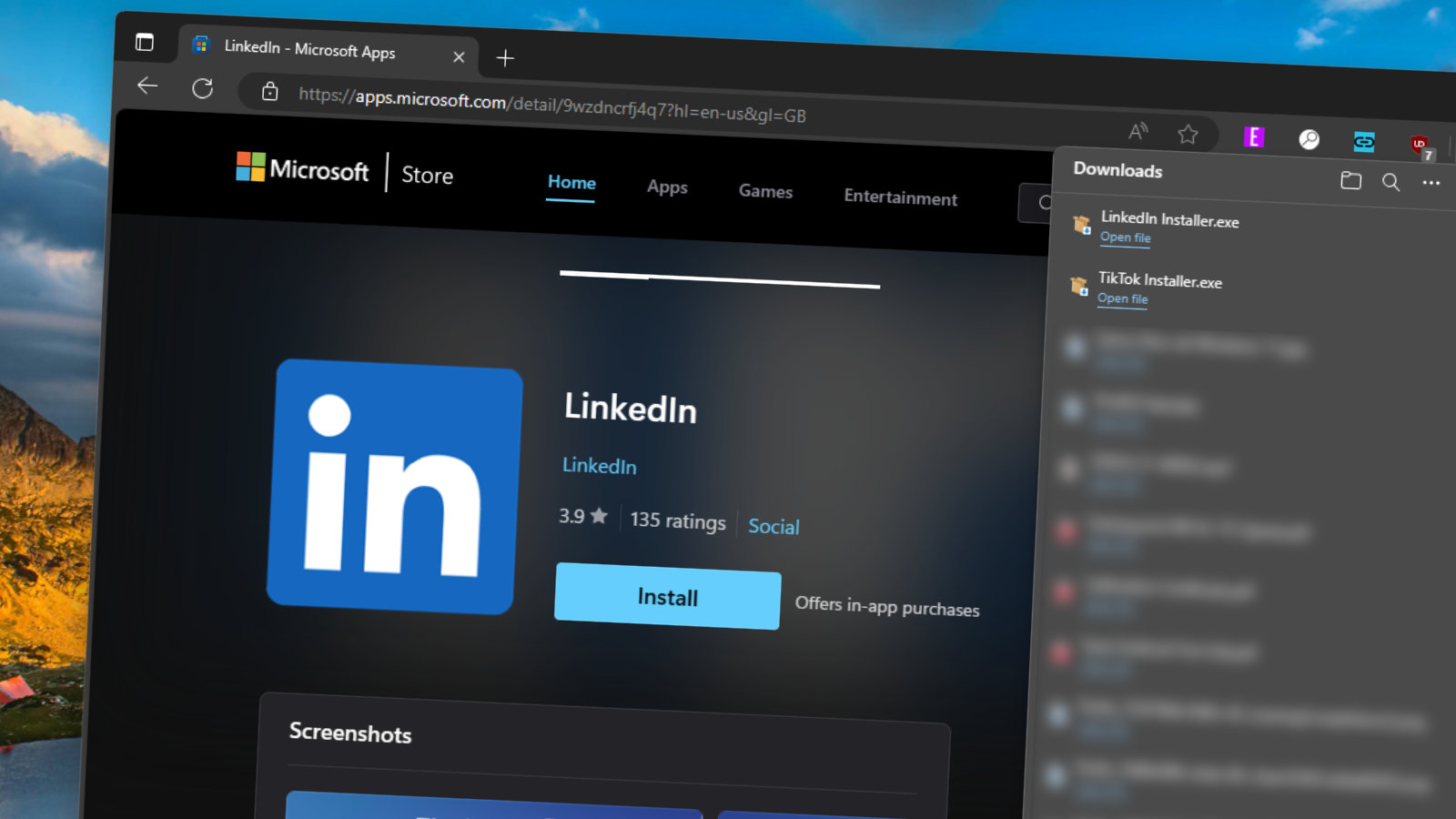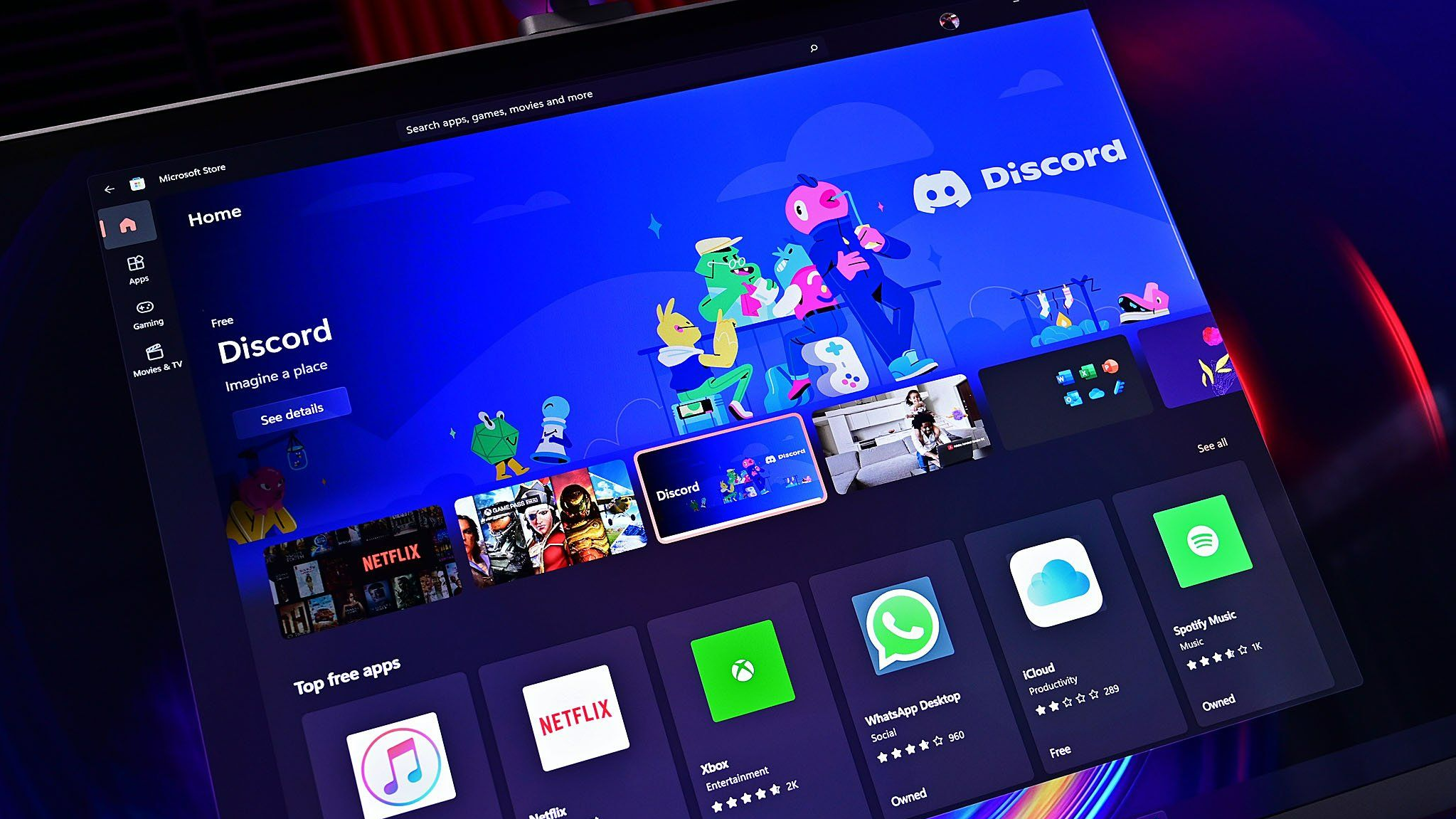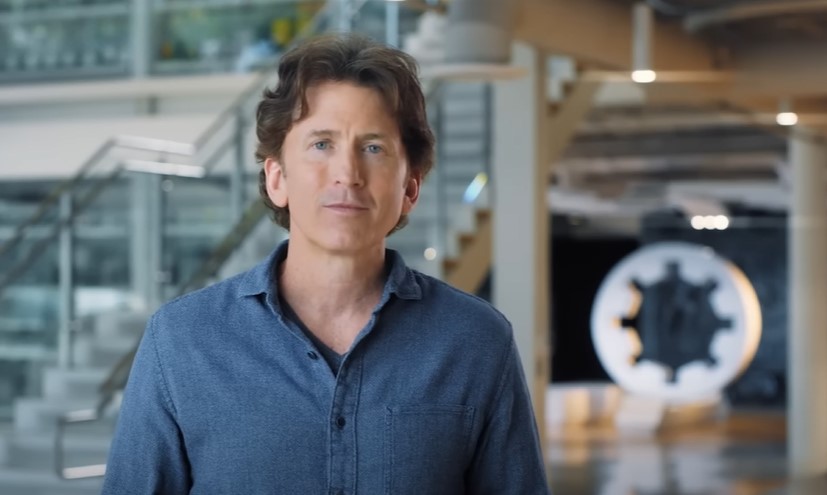Microsoft accused of "quietly wrapping apps... with some malware-looking .NET executable wrapper," but tech giant says it's just a new Store installer
Installing apps through the web-based Microsoft Store now works a bit differently.

What you need to know
- Microsoft is working on a new way to install apps through apps.microsoft.com.
- The new experience reduces the number of clicks required to install an app.
- The change also creates a standalone installer for each application you install through apps.microsoft.com.
- Some developers have complained about the change online, though some frustration was expressed before the change was fully documented.
Microsoft Store installers for web are here to streamline the app installation experience online. The new setup allows you to install applications from apps.microsoft.com with fewer clicks than before. Rudy Huyn, Principal Lead Architect of the Microsoft Store, explained what Microsoft changed to improve how apps are installed.
"We built an undocked version of the Store using the same logic and code as the larger app, managing prerequisites, entitlements, downloads, and installations in the same way. However, this time, it was packaged in a much smaller and undocked executable," said Huyn.
Previously, installing an app through apps.microsoft.com required clicking a second button which used deep links functionality to launch the Microsoft Store. The new setup forgoes deep links and instead extracts code needed to install the app in the form of a standalone installer.
We've just launched Microsoft Store installers for web - A new and streamlined way to install Store apps directly from https://t.co/Z8vwRiY9ab📉Feedback indicated that the install flow involved too many clicks. Previously, installation required:- Clicking 'install' on our… pic.twitter.com/zxig2TYJR4April 21, 2024
Huyn listed several benefits of the new method of installing Microsoft Store applications:
- Only two clicks needed.
- A lightweight installer launching much faster than the Store.
- Always up-to-date and includes the latest features and supports all products, even if the Store app has not been updated for months. - Always works, even if the Store was removed.
- Supports multi-installations in parallel.
Feedback has been positive, according to Huyn. The Principal Lead Architect of the Microsoft Store said the change has resulted in a 12% increase in installations and a 54% increase in the number of applications launched after installation. Based on that feedback, Microsoft decided to expand the experiment to more markets.
A bit of controversy

While Huyn cited positive feedback from those who tested the feature, there are those with questions about the new experience. Several developers and X users took to the web to ask Huyn about the new method of app installation.
"Is there some way to opt out of this? One of the biggest advantages of having the "Get it From Microsoft" badge was sending users directly to the ms store, rather than having them download an exe. It may be one less click but it lowers the level of trust imo," said X user AnxiousBoi.
All the latest news, reviews, and guides for Windows and Xbox diehards.
Huyn clarified that developers can choose how their badge in the online Microsoft Store behaves.
Very good question. Developers can choose how they want their badge to behave. Only badges with launchMode=direct will use the new Store installer for the web. pic.twitter.com/kwhn7vfw6AApril 21, 2024
I understand Microsoft's reasoning for the change, but I think the end result is worse than the previous experience. Launching a mini version of the Microsoft Store allowed you to install apps through an experience that felt like an extension of the Microsoft Store. The new experience creates a separate installer for every application you install through apps.microsoft.com.
I'm not sure it makes that much of a difference in the grand scheme of things, but having an EXE file appear in my downloads folder when installing an app feels like a step backward, not forward.
Before Microsoft documented the change, engineer Rafael Rivera expressed concern about changes to app installation through the web.
"The Microsoft Store team has started quietly wrapping apps, like EarTrumpet, with some malware-looking .NET executable wrapper (with my app's name of course) chock full of telemetry and other code. They also target netfx 4.7.2 when my app targets netfx 4.6.2, wtf?," said Rivera.
The Microsoft Store team has started quietly wrapping apps, like EarTrumpet, with some malware-looking .NET executable wrapper (with my app's name of course) chock full of telemetry and other code. They also target netfx 4.7.2 when my app targets netfx 4.6.2, wtf? pic.twitter.com/oQFIz0G2lEApril 20, 2024
Sergio Pedri, Senior Software Engineer at Microsoft, clarified that the new experience is not an "executable wrapper," but that it's the new Store installer. Pedri added that the change should result in more people downloading and installing applications.

Sean Endicott is a tech journalist at Windows Central, specializing in Windows, Microsoft software, AI, and PCs. He's covered major launches, from Windows 10 and 11 to the rise of AI tools like ChatGPT. Sean's journey began with the Lumia 930, leading to strong ties with app developers. Outside writing, he coaches American football, utilizing Microsoft services to manage his team. He studied broadcast journalism at Nottingham Trent University and is active on X @SeanEndicott_ and Threads @sean_endicott_.
